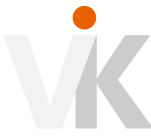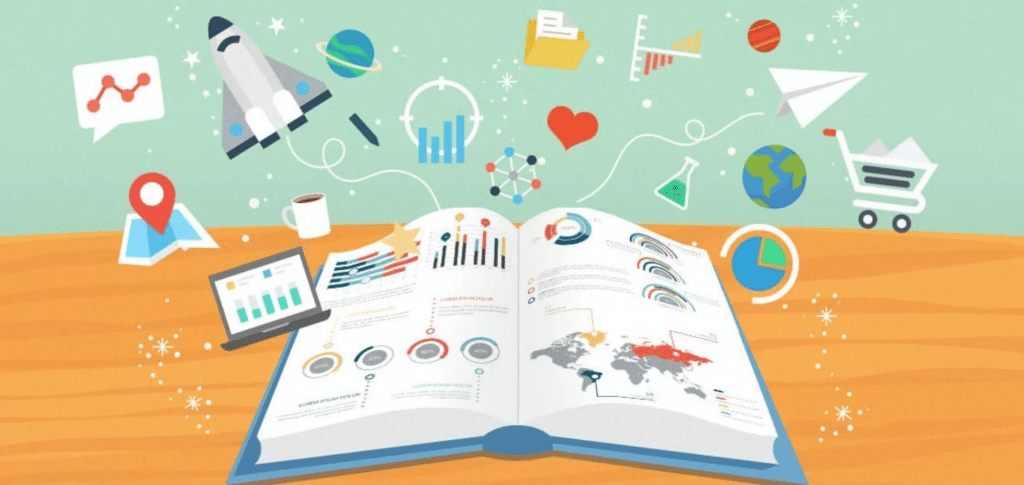Storytelling as is old as the civilization. Even in the age of digital, stories continue to appeal to people of all age groups as they did to our ancestors.
We all have experienced that when we pitch a research-driven narrative to the media, generally the buy-in has been positive. We know that media loves facts, numbers and are open to doing stories that substantiate or rejects a particular hypothesis. We as a consumer of news also find stories that are fact-based more believable and even tend to remember the facts for a long time. But that’s just one utility of data, there is more oil in it, or rather we say, ‘data is the new oil’?
With a surge in big data and analytics, there will be many more dimensions of data. Google’s Chief Economist, Dr Hal R. Varian, in an interview in 2009 had said, “The ability to take data—to be able to understand it, to process it, to extract value from it, to visualize it, to communicate it—that’s going to be a hugely important skill in the next decades.” Today, we can already see, Varian assessment was not only bang on, but organizations are surviving on this very principle.
Over the years, many large corporates have recruited statisticians, economists, and more recently data analysts & data scientists, however the last mile application of data into insights or rather communicating the data in easily understandable language seems to be missing. This gap is filled by data visualizers and data storytellers. If there is anyone who can do this job most efficiently, it has to be public relations practitioners. They are not only trained in effective communications but also have mastery of how and where a particular story can be placed. If this talent can further be groomed into understanding how to get insights out of data and visualize how it can be communicated into a story, we are home.
However it would be wrong to assume that data storytelling only means depicting the data into a beautiful infographic or data-driven motion videos, it is much more, it is a combination of data-visuals and most important, a narrative.
Data when shared as a narrative, it increases its memorability, engagement and persuasiveness. Our brain seeks stories and not statistics. When you are working on data-driven storytelling, focus on your audience, just like you would do for PR stories and keep your end message simple to understand. People want to hear stories about other people, hence even in data stories, bring in characters that your audience would relate to, the story will be more acceptable. If you are still thinking that data-driven storytelling is not part of your job or brands are not yet ready for it then you must check out some of the latest company annual reports. Yes, that boring heavy book with numbers and statistics has got transformed into an easy to understand company story, that too in multiple formats such as print, video, etc. If annual reports can change, then what stops us?

